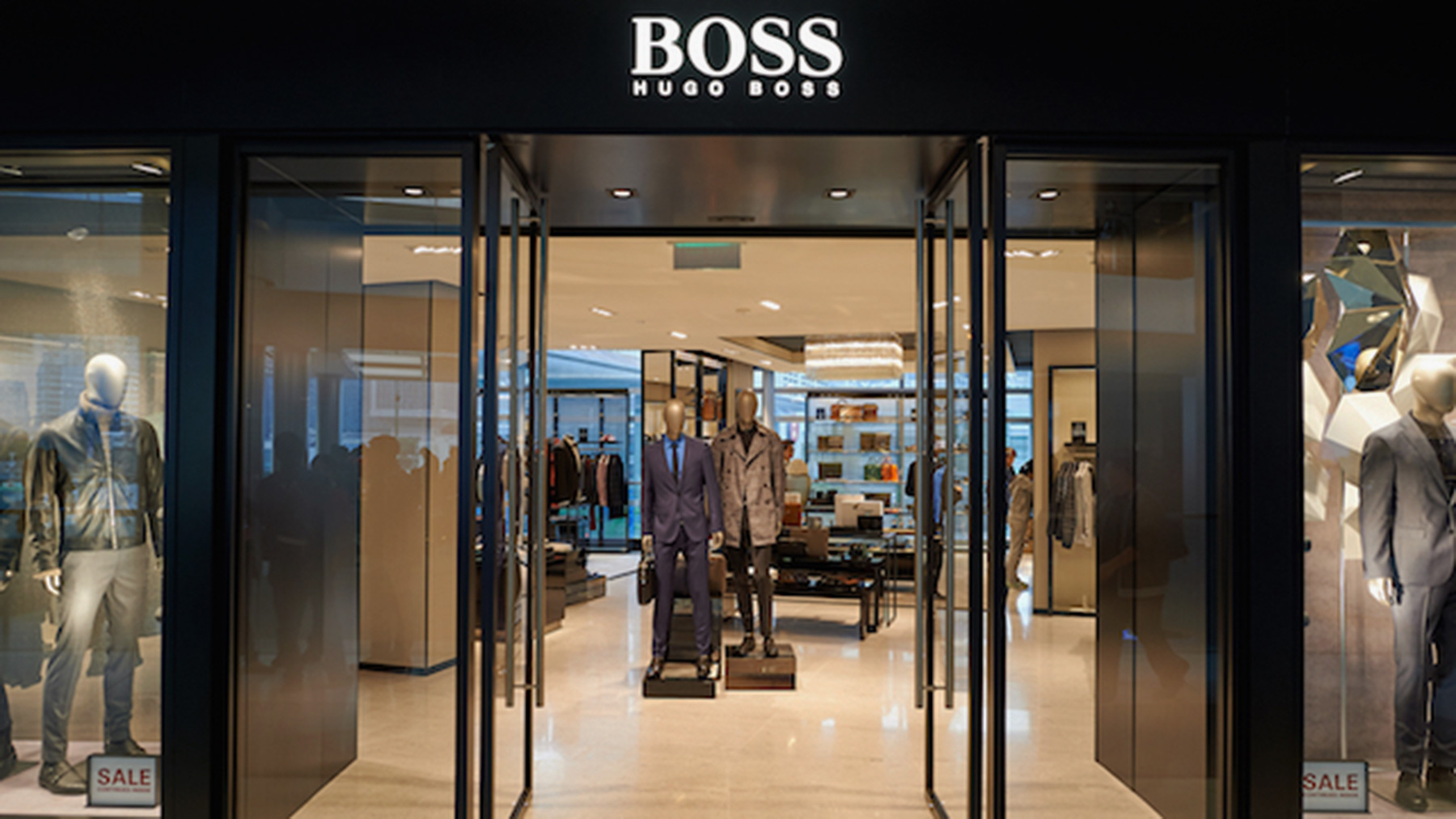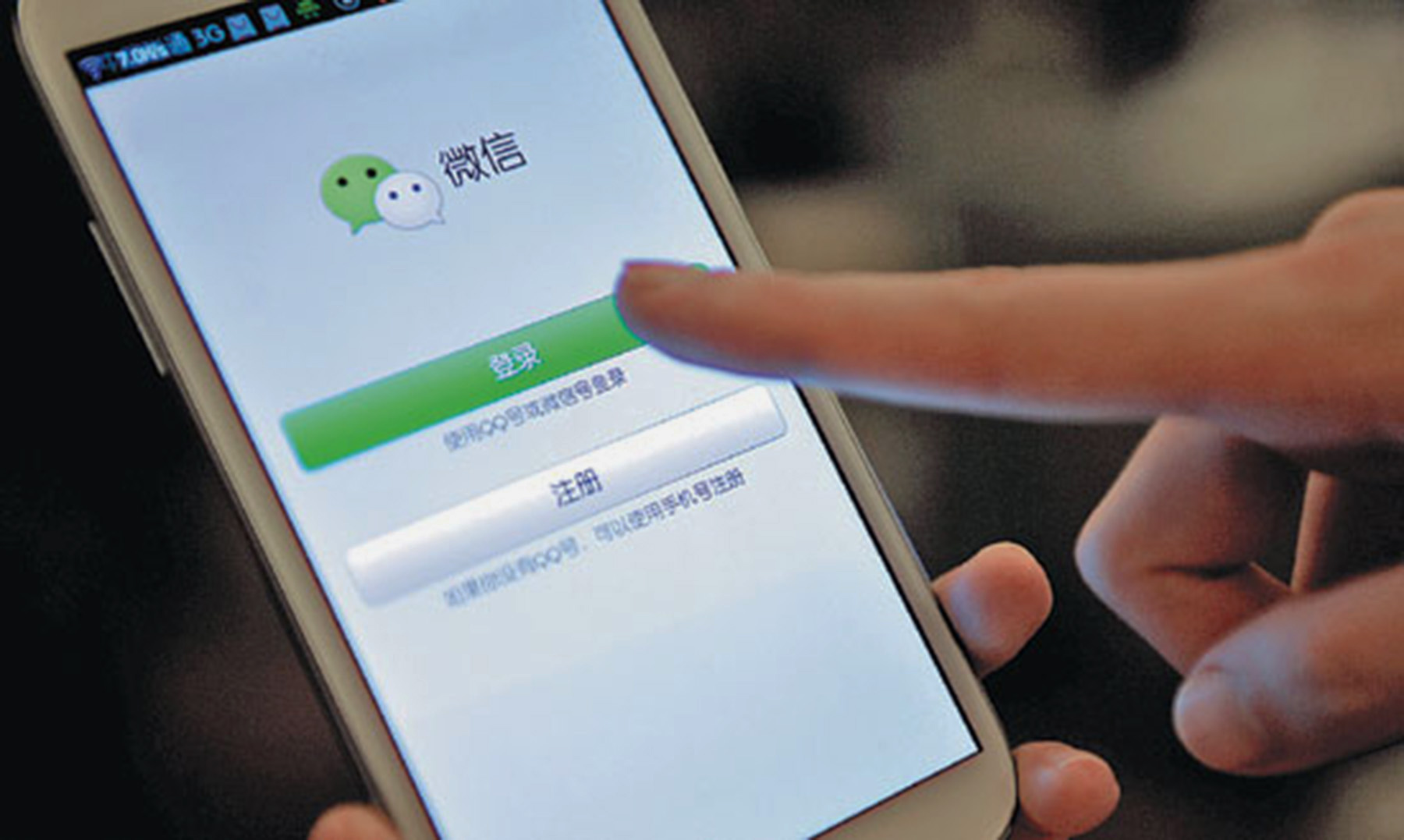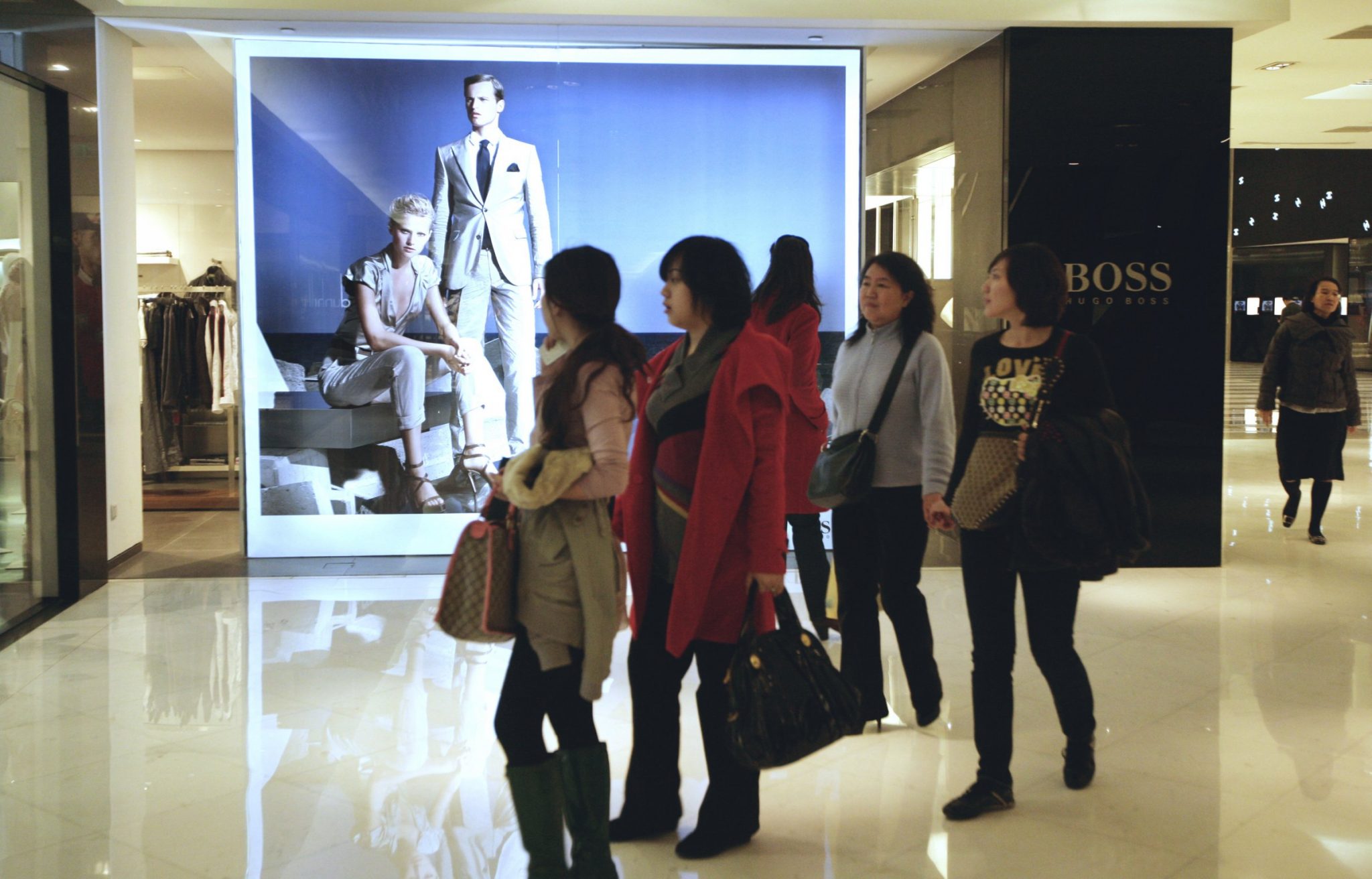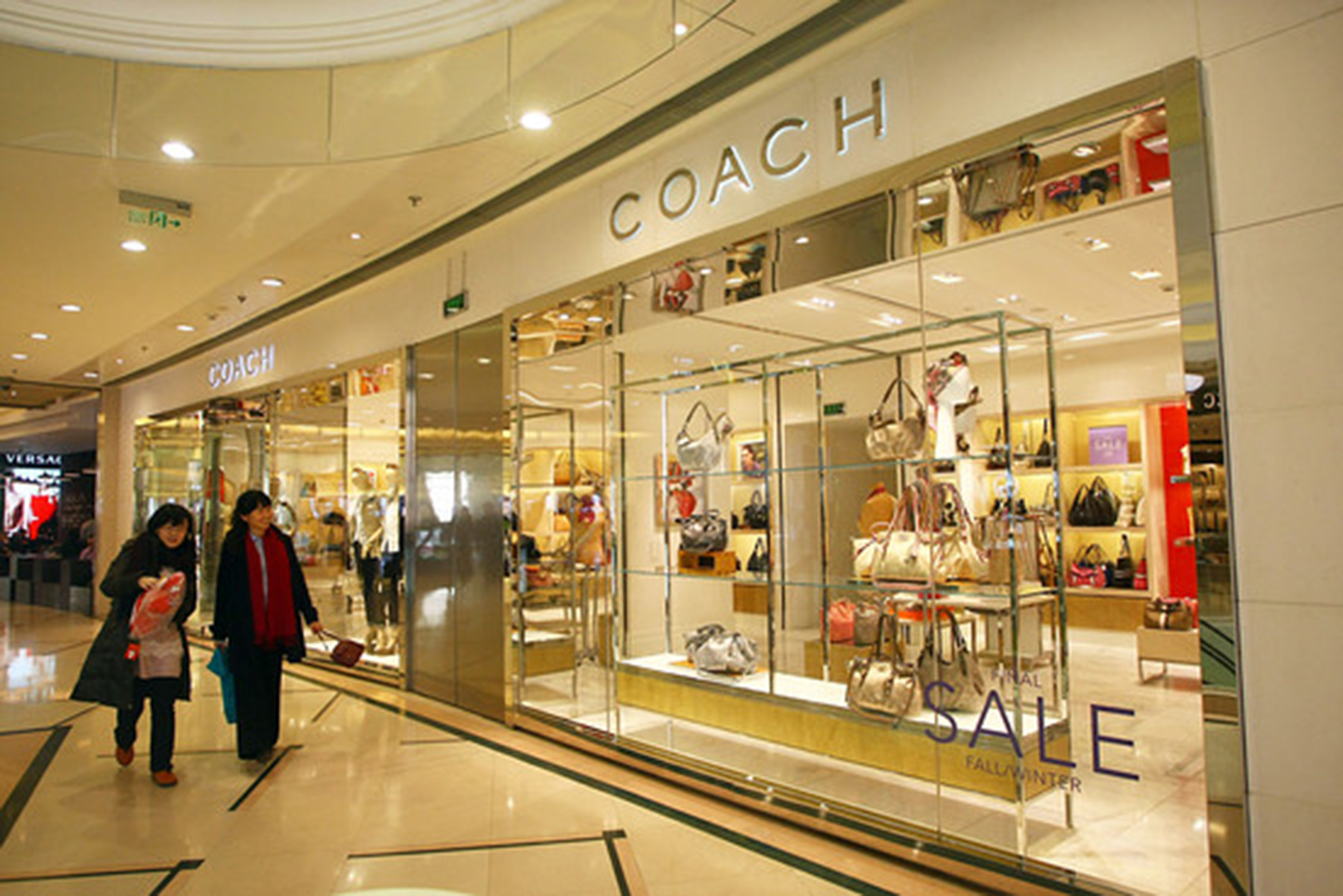Quick run down on what Golden Week is
The Golden Week Holiday is a public holiday to commemorate the founding of People’s Republic of China, whereby people across the country would go travelling both domestically and internationally.
- This year in particular, it is estimated by Jing Travel around 700 million Chinese tourists will be travelling, an increase from 593 tourists the previous year.
- Moreover, China’s National Tourism Administration (CNTA) forecasted that China could see the travel-related spending reach 600 billion yuan ($90 billion) during the Golden Week period.
With this year having an extended Golden Week (from the 1st to the 8th), it represents a key opportunity for luxury brands to capture the attention of Chinese consumers who increasingly favour celebrating it by travel.
The key to accessing this Golden Week holiday
Chinese travellers are known for rigorously researching their destination(s) before taking a trip.
- Brands should take advantage of this knowledge and in turn make use of the country’s uncontested top social media app WeChat.
- WeChat serves as an important information channel to influence the purchasing decisions of Chinese travellers during their trips. The quality of luxury brands’ WeChat campaigns before the Golden Week will shape and affct consumers’ decisions on what to purchase.
Taking into consideration the above industry trend, along with page views (those with the most and the least), originality and creativity, and level of engagement, we have selected the 4 brands and will be comparing them with one another to showcase how each brand went about providing value for their consumer.
Campaigns, the Good and the Bad
Hugo Boss vs Stuart Weitzman
During the Golden Week, Hugo Boss posted three consecutive WeChat posts, each providing the reader with details about the Golden Week event along with other important details such as introducing destinations, informing readers of store locations and also providing information about discounts and special offers.
Hugo Boss shows that they understand their audience, and also gives value through these posts. Let’s take a look at just how they did that:
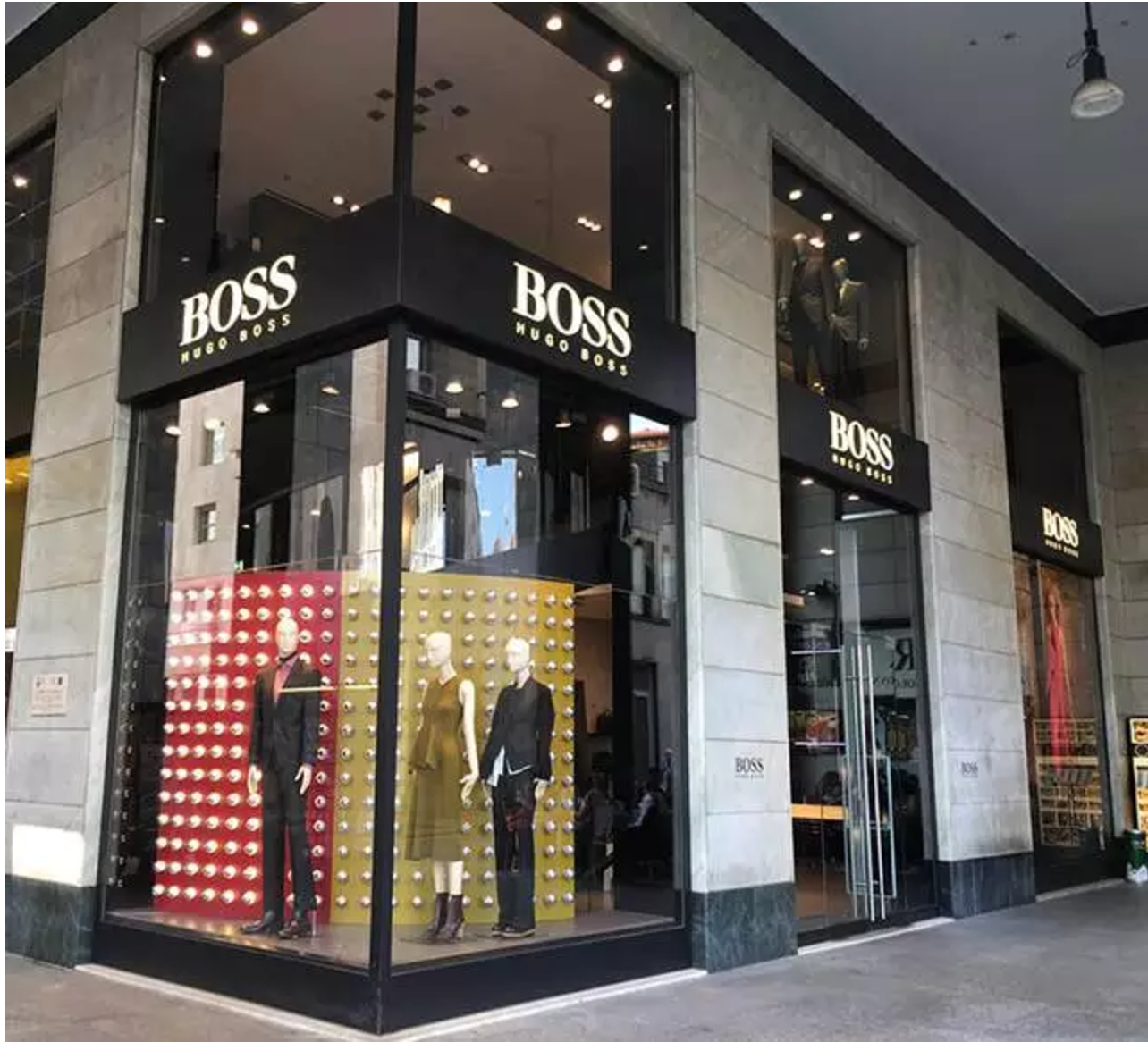
- Hugo Boss’s WeChat posts highlights specific sale information regarding discounts, something that their followers will appreciate.
- In the posts, they state “some full-price stores will enjoy off-duty price”, playing into the (quite valid) idea of Chinese shoppers loving a good discount. And the end of each post, Hugo Boss also encourages the readers to share the discount information with their friends and family.
- In the post introducing various European destinations, they wrote “I believe you have already made a travel plan for the Golden Week. If Europe happens to be your destination, you should click ‘read more’ below to receive the exclusive gifts at our retail stores upon your visit.” while also listing store addresses and popular tourist spots nearby.
While Hugo Boss manages to not only increase foot traffic and sales, they also act as a source of valuable information for their consumer base. On the other hand, a brand that has not done this as well is Stuart Weitzman.
Stuart Weitzman approached the Golden Week holiday through a single post advertising a new line-up of products that had been made available for the special holiday period. The post would showcase four different types of footwear, each representing a different vacation mood.
- The WeChat post featuring the footwear had also been linked to the brand’s Chinese e-commerce site.
- While this campaign was appealing on a surface level, it did not offer any important information about the physical stores, killing the possibility for Chinese consumers to purchase the aforementioned shoes at an offline location during the trip.
While one brand’s campaign was tailored to helping provide followers with convenience and enjoyment during the holiday period, while on the side also nudging consumers towards physical outlets, the latter focused on a much more surface-level approach, putting their hopes on attracting consumers with a nice looking post.
The effectiveness and appreciation for these two campaigns were made evident in statistics gathered from monitoring program Curio Eye. Despite, Stuart Weitzman’s campaign boasting over 10,000 views as opposed to Hugo Boss’s 6,048, they were only able to gather 40 likes while Hugo’s campaign received 36 likes, almost just as much positive feedback with almost half the exposure.
Coach vs Kate Spade
Coach’s Golden Week campaign was published 3 whole days before the campaign started. The idea behind it was that with the campaign, their followers could be rewarded. The concept of Coach’s campaign was essentially “to give back”, even going as far as to include a detailed guide for their generous support in the past.
- Coach provides their consumers with a guide containing information on Golden Week along with other gems.
- Like Hugo Boss, Coach’s readers can collect a wide range of gifts depending on the locations that they travel to, including domestic Chinese cities, Kong Kong, Taiwan, Macau, and Sydney.
- Coach provides a clear written guideline on exactly how the campaign works, such as the amount of money they need to spend to achieve a gold card membership and what to do if the discount does not work.
The reason this campaign was so effective is because it takes the initiative in making the most out of the opportunity that China’s Golden Week presented. Not only do they go ahead and give back to their fanbase for their support in the past, but they also lead them through the entire experience; promoting their brand’s image while rewarding their followers with an even more immersive week!
Speaking of initiative and opportunity, a brand that actually did not take advantage of the valuable opportunities that the Golden Week provided is Kate Spade.
Kate Spade’s Golden Week WeChat campaign revolved around advice and ways to dress up based on different travelling scenarios.
- They offered styling tips on how to dress up with Kate Spade from head to toe based on different traveling scenarios (such as an art museum or a book shop).
- The issue with this is that the brand failed to note that beautiful pictures are not enough to motivate Chinese consumers to buy items. They seek information on available gifts, discount and membership benefits.
- Furthermore, Golden Week is (as mentioned several times before), a time of opportunity, and in turn as good of a time as any to encourage more sign-ups to Kate Spade’s WeChat membership program. The brand could have offered their consumers exclusive deals for example. However they failed to take the initiative in its campaign, and as such was not able to make the most out of the Golden Week.
While one brand was able to grasp the opportunities that the Golden Week presented, and take the opportunity to reward their follow-base and improve relations, the latter was unable to, and as such they failed to understand their Chinese consumers during the period.
The effectiveness and popularity of these two different approaches were made even moreso evident by data gathered by monitoring program Curio Eye. Coach was able to gather 25,591 pageviews on their WeChat campaign along with 77 likes. On the other hand, Kate Spade’s WeChat styling tips posts only accounted for a little over 3,300 views and 11 likes.
If you are most interested in China’s Golden Week, feel free to have a look at our Case Study Library where we have added a series of Golden Week Case Studies that will give a better look into these campaigns.
If you enjoyed reading this and would like to read more social media related content, feel free to take a look at our Social Media Case Study Library!



